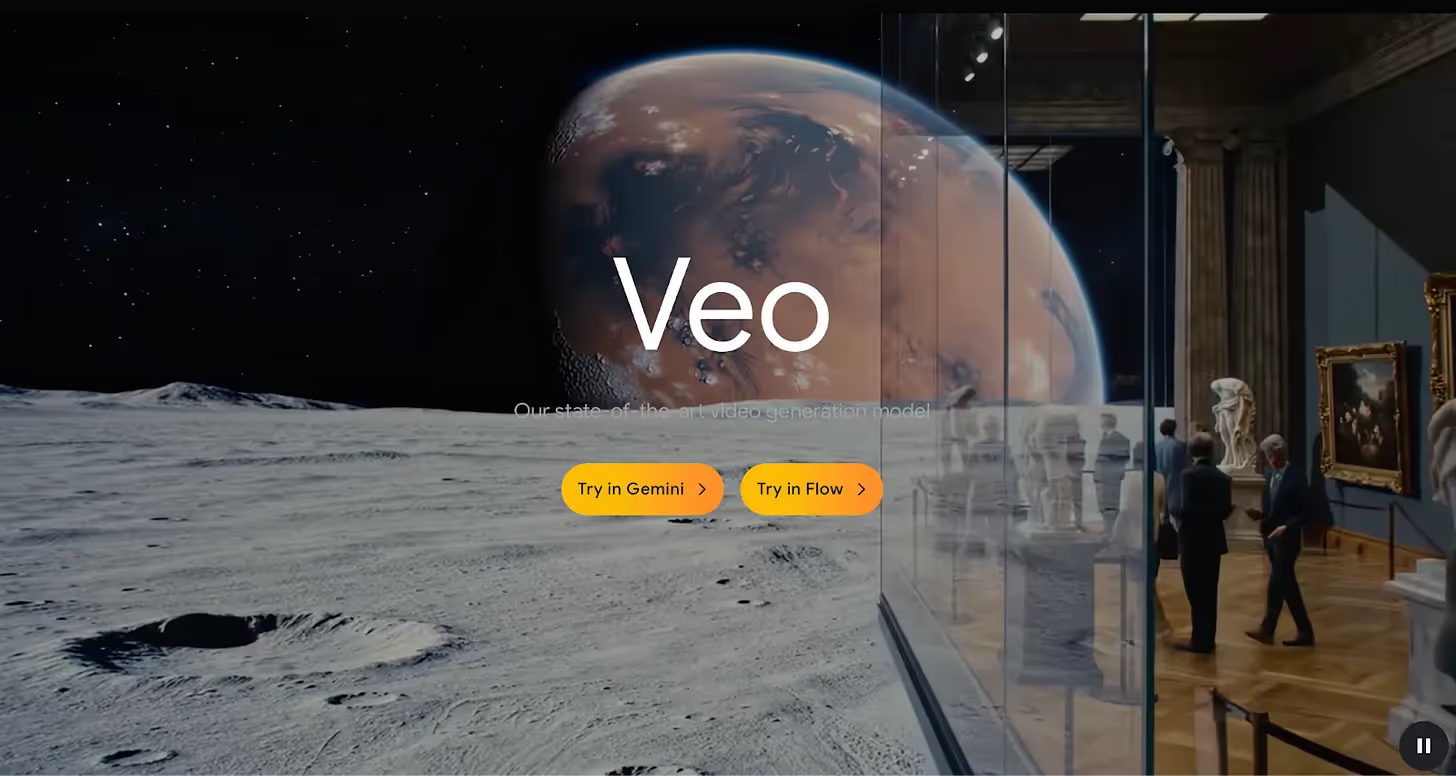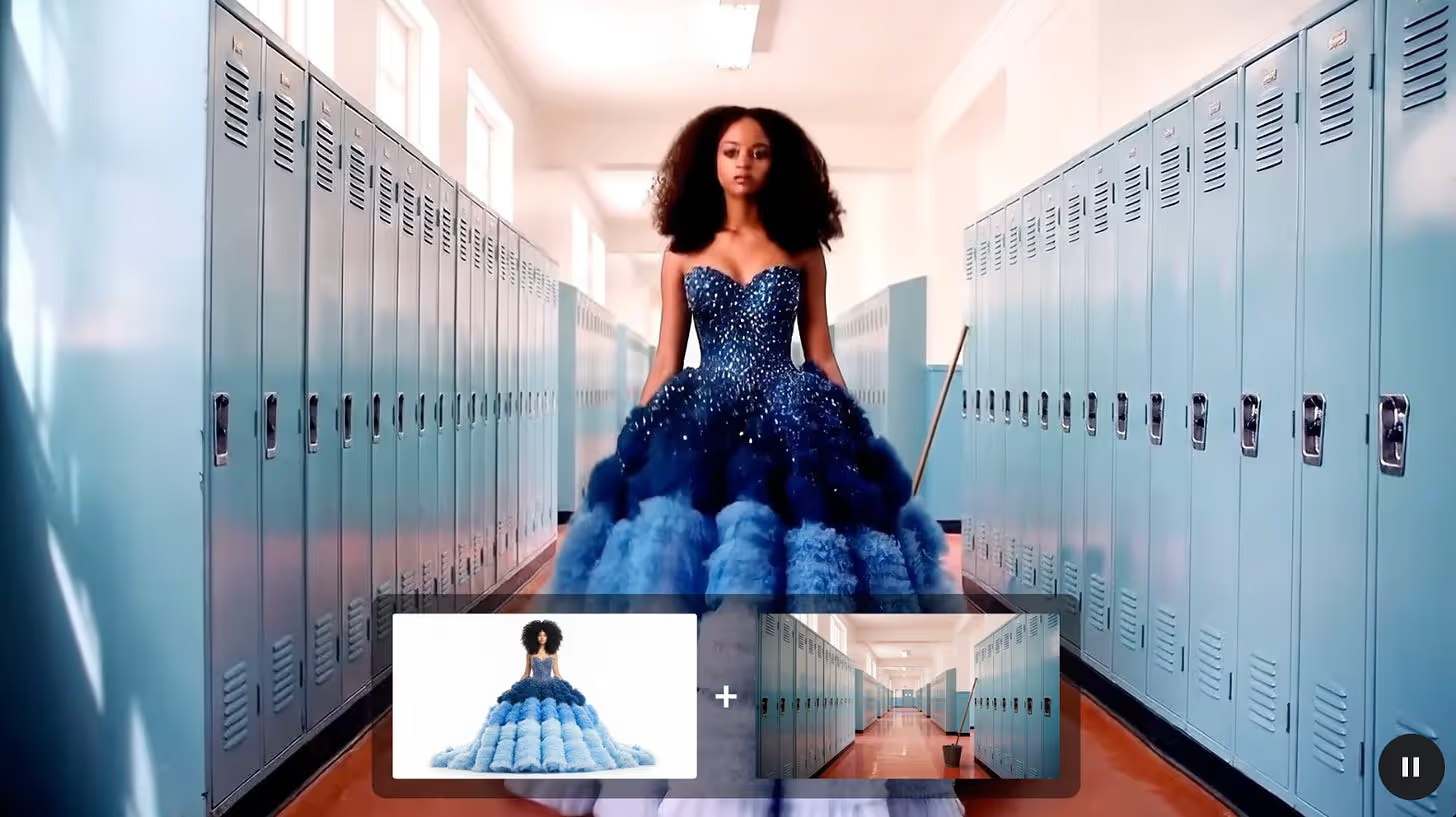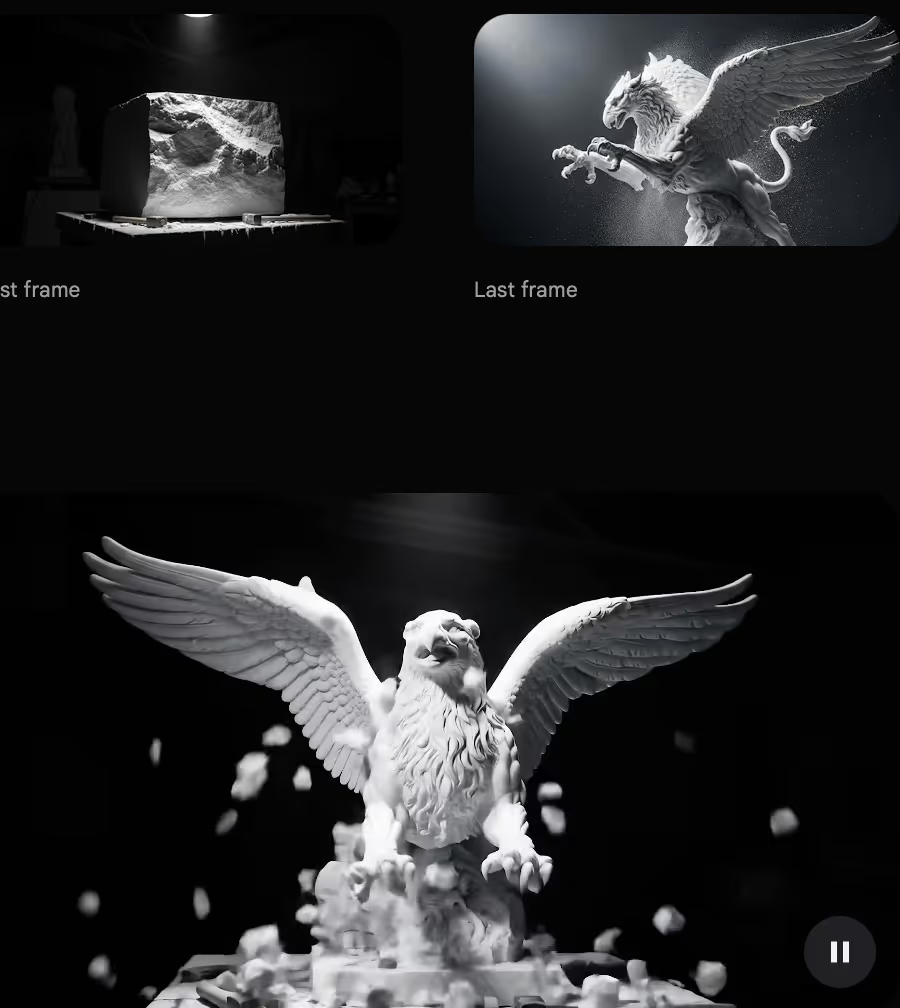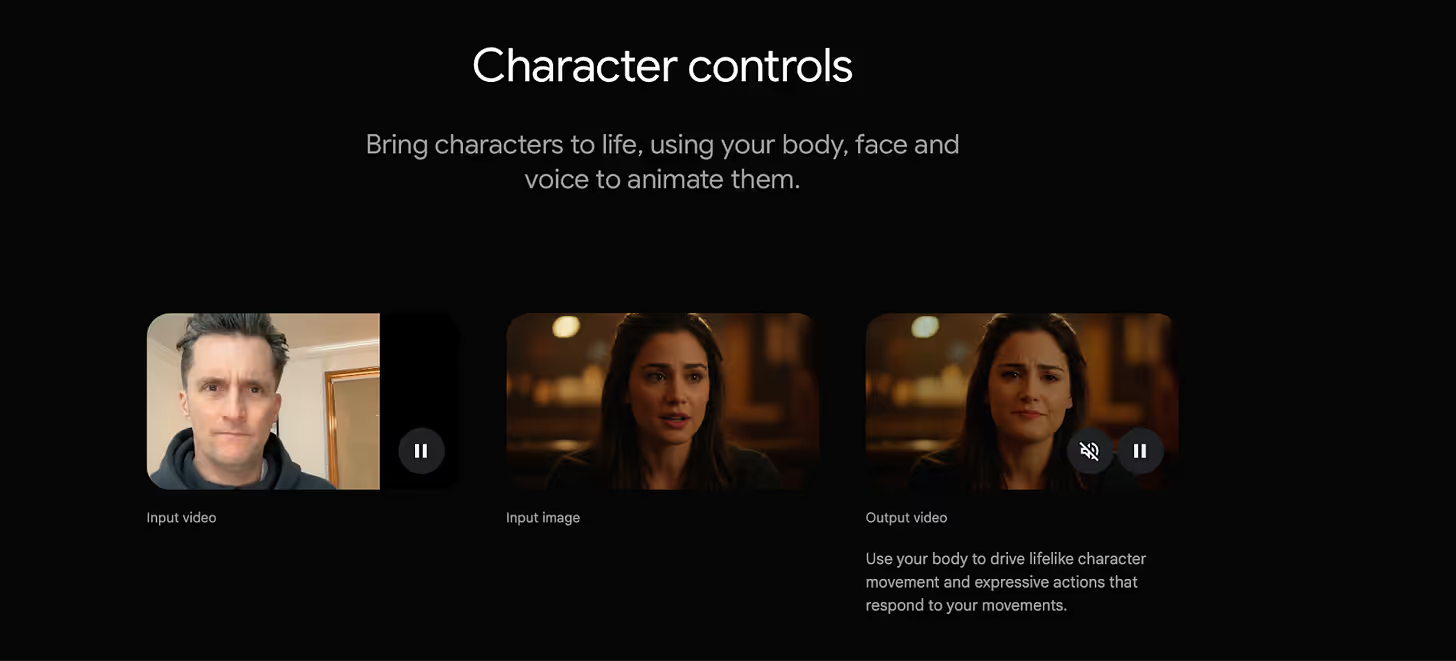Has Veo 3 made creativity a commodity?

So, Google DeepMind just dropped Veo 3, its new generative video model. Predictably, the internet’s frothing over it. “Studio-quality!” “Natural language prompts!” “Realistic motion and cinematic effects!”
Ok, Cool. So, now what? Do brands, agencies and creators stand back and watch the early adopters fumble? Or do we walk straight into the AI fire and figure it out as we go?
Because whatever way you want to dress it up, AI can now generate mind-blowing content. But what’s the point of stunning visuals if they have no direction, edge, or reason to exist? That’s just… raw material.
We’ve seen the early AI commercials. They were…weird.
Remember Coca-Cola’s AI-generated holiday ad? A Christmas fever dream that had everyone asking, “Who tf approved this?” Or the endless horror of deepfakes from smaller brands that put them out of business for being… yet again… weird.
The tools are powerful, sure. But without a clear brand, anchoring the output to something real, or something people can connect with, you risk pushing out work that feels hollow. And despite the spread of AI in what seems to be every crevice of our lives, audiences are getting better at sniffing out when something’s just content for content’s sake.

What does this mean for brands?
If anyone can generate studio-quality visuals, the only differentiator is why you’re making them.
What you stand for. What emotion or meaning you’re creating.
The values, tone, and perspective you’re feeding the machine. The belief system behind the content you put out into the world. Bright colours won’t grab attention anymore. Everything has to have more substance.
That’s why brand positioning is more important than ever. It’s the spine. The foundation. The part that gives all this AI magic actual meaning.
No brand? No message. No connection. No staying power. But even if you figure this out, there’s still so many unanswered questions:
What does this mean for creatives?
Let’s not sidestep the tension here. If AI can make gorgeous videos, where does that leave directors, editors, designers, motion artists, sound designers? Are they a dying breed? Or, more interestingly, are they the ones who’ll learn to wield AI better than everyone else? If they learn to steer the tools, they’ll likely set the pace. Because while the AI can make the visual, it can’t create the brief.

What about ethics?
Well, here’s where it gets even messier. We’re already seeing creators control virtual influencers who look nothing like them: avatars, AI models… synthetic personalities making big money and building audiences.
Who’s accountable when they’re used in bad faith? Not to be pessimistic, but it’s a joyride for the bad apples.

Where do we go from here?
Google Veo 3 is a bit of a warning shot. The creative world is shifting, fast.
How I see it, is we have two options.
- Stand on the sidelines, waiting to see how others use it (and how they screw it up).
- Step in, start experimenting, and shape how this next wave unfolds. One thing’s certain: AI can generate the work. But meaning, differentiation, and intent? That’s still a human job.
If you’re still reading this, I’m genuinely interested in your thoughts on this. Do you think Google VEO3 is a game changer? Is it just noise? Tell me in the comments.
More nuggets of value
The only thing standing between being an option and becoming the obvious choice is your brand positioning.





